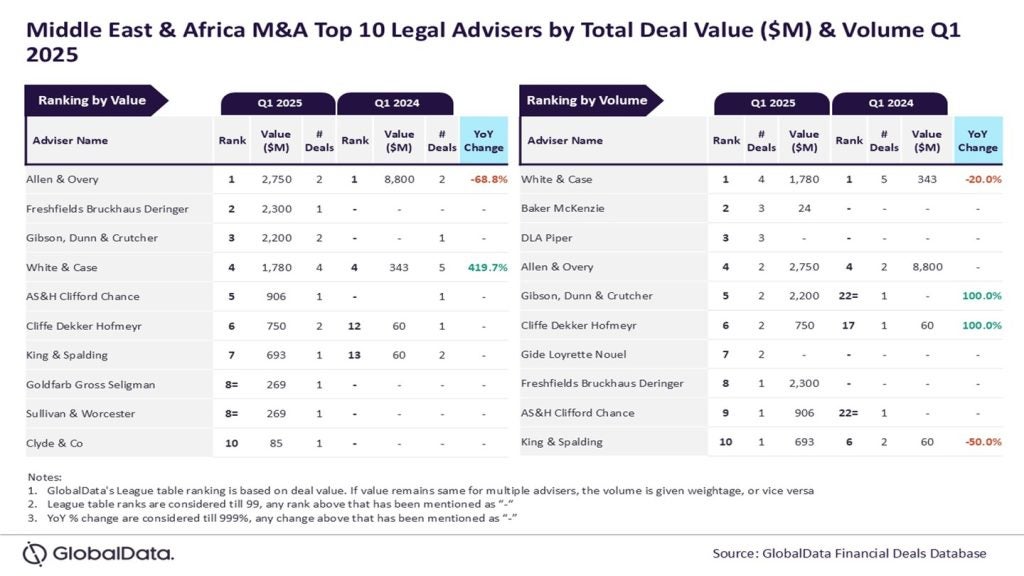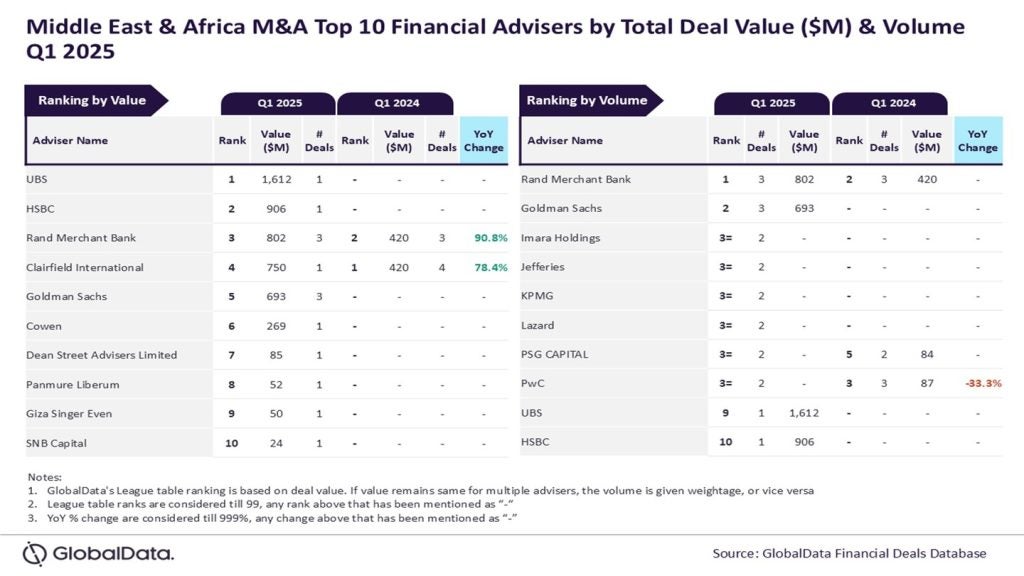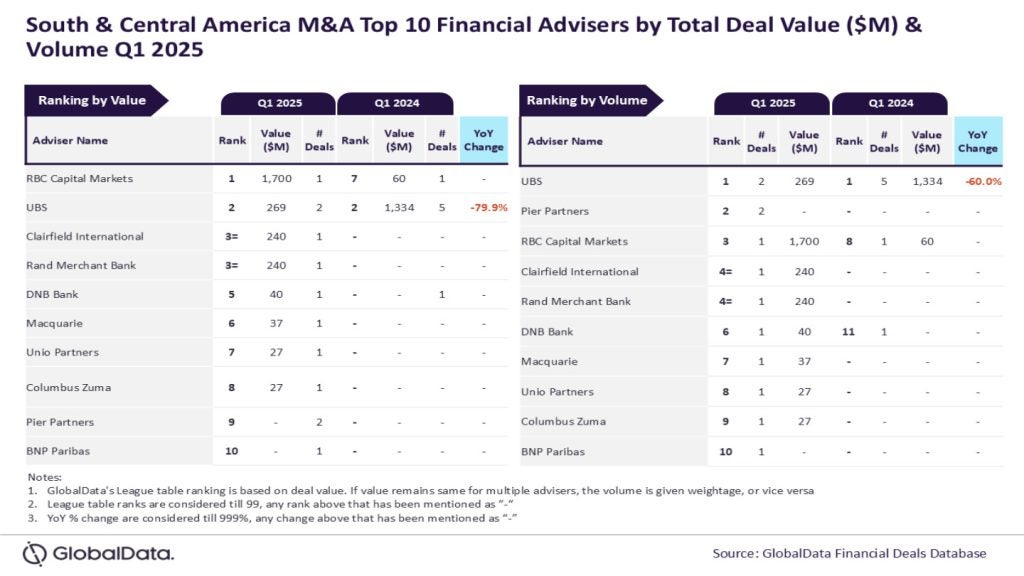
It is little wonder that some 72% of UK SMEs report that they feel the pain of receiving limited support from their bank. But the banking challenge for UK small businesses represents a massive business opportunity for challenger banks such as Allica Bank. All evidence to date suggests it is on a winner-so much so that Deloitte hailed Allica Bank as the UK’s fastest-growing ever fintech business.
The addressable market targeted by Allica Bank represents more than one-third of the UK economy. The Allica proposition is easy to summarise-much harder to execute. Its offering is centered on the tag of being a business bank especially built for established businesses.
It guarantees a dedicated relationship manager for every Allica Bank SME current account customer. That comes with no monthly fees and an absence of hours spent on hold in the vague hope of speaking with a human. The current account offering is augmented by some of the most attractive business savings rates on the market.
Allica Bank fiscal 2023 highlights
As for execution of strategy, look no further than the bank’s 2023 fiscal year earnings. The bank swung into a full year profit just three years after launching its lending products. Specifically, it posted a pre-tax profit of £16.1m and in the process became one of the fastest UK fintechs to achieve full year profitability.
Highlights included the debut of its Business Rewards Account, gaining over 2,000 customers after launch and representing over 0.5% of its target segment of established SMEs. Lending to SMEs topped £2bn, ahead by 47% year-on-year. It also grew its asset finance business to over £200m in annual lending, only two years after rolling out the offering. Meantime, customer deposits grew by over £1bn. In the prior fiscal, one of the few eye-catching metrics that looked amiss and a major hurdle to overcome was a far too high cost-income ratio of just over 85%. No doubt this will remain a work-in-progress but it did move sharply in the right direction in 2023 dropped by over 20 percentage points to 65%.
Allica Bank’s class leading products, marketing and PR
So, all positive in terms of its product innovation; Allica Bank’s marketing is teaching established banks a lesson and its PR efforts are in a different league to most of the incumbent UK banks. What about the technology behind Allica’s rise? There is no margin for error here if it is to meet its ambition of scaling towards 10%+ market penetration. If the tech is not right, it can forget its ambition of truly transforming banking for established SMEs.
Any analysis of Allica Bank’s growth to data has to recognise its collaboration with cloud-native platform provider SaaScada.
Allica Bank collaboration with SaaScada
Conrad Ford, Chief Product & Strategy Officer, at Allica Bank, tells RBI that Allica Bank selected SaaScada because of its unique intelligent banking platform that provides new entrants with flexibility as they scale and grow. Correction: that is what Ford said back in early 2022 at the time news of the collaboration was publicised. Of far greater interest is the fact that he is still saying that over two years later.
Nelson Wootton, Chief Executive Officer, SaaScada tells RBI: “With the SaaScada platform, Allica Bank has been able to rapidly launch new products and services and deliver a leading digital experience to its SME customers. Our low-cost platform is highly secure and data rich. Its rapid speed to market ensures that Allica Bank can test new offerings, and quickly adapt or add additional products to provide a first-class service that best suits every individual customer.”
Allica Bank ambition: to run circles round the competition
It is not exactly novel for a bank and vendor to claim on teaming up that they will launch new products in months rather than years. But the Allica/SaaScada is a working example of that aim being pulled off. The second part of the challenge now is to deepen its disruption of the SME banking sector to disrupt the SME banking industry. Indeed, Allica execs such as Ford talk with refreshing candour about its ambition to run circles round the competition.
Ford says: “I think the bit that’s made the relationship with SaaScada particularly successful, is its way of working and its culture. Now, that may sound cynical but it’s actually a really substantive comment. The shared way of working has been so productive.”
As a perfect example of how the close working relationship paid off, Ford highlights Allica’s need to tweak its business current account to take account of the changed interest rate environment.
The interest rate to be offered was suddenly of greater strategic importance than had been envisaged.
“If you’re working with a traditional incumbent provider and change a product requirement, you will be placed into a queue, and then they’re going to charge you what they call professional services. That is where they really make their money. It’s expensive stuff, solutions, consultants and the like. Whereas if you’re working in a kind of a cross functional way, catching up every two weeks to move things forward, you can actually pivot your and really focus on where the value is. It is not just a good example of agile technologies – it represents agile culture and that really matters.”
With good reason, Wootton talks with pride about his firm’s successful collaboration with Allica Bank.
“We did not take legacy core banking technology, virtualise it and stick it in the cloud so that we can tick the cloud box. We built this software using tech cloud technologies. First. There were a few things that we did very differently because of that. We were very inspired by firms like Stripe and its open API policy and their process of making it as easy for developers to onboard and spread their product as widely as possible.
SaaScada: ‘born in the cloud’
“And it was something we adopted as a business. Setting aside the fact that we really were born in the cloud, we do things very differently to other players in the market. One, is how we approach products. Legacy technology tends to couple the account and the product together very closely. That makes it expensive to change, modify and launch new products quickly. And the second thing we do really, really differently is real time data. Everything that we see on our platform, every transaction coming in from payment systems and card providers and foreign exchanges – you can access that data in a real time data stream.”
That means that client banks can start to build new products that address the challenges that its customers are actually facing. And it means that bank clients can build a much closer and deeper with its clients by utilising this data.
Wootton adds: “We’re two businesses that saw the problem and the solution in exactly the same way. And we have worked together to do that. It is collaboration, and I know that might kind of sound glib and cheesy, but there were clear lines of connectivity between the senior people in our business and the senior people in theirs. And those communication lines are running all the time backwards and forwards. There are always challenges. And it is always something we get around the table and figure out how to work on together. It is an incredibly collaborative approach.
“We are techies first – I used to write code and the first version of the platform had my code on it. You need to have your best coders working on the project, not managers who don’t understand what coders do.”
He is at pains to say that such a strategy will just not work. It means adding layers of confusion into the mix, and it slows the bank down.
He adds: “Building that relationship is critical for us as a business. I think one of the things I’ve learned is: it’s very easy for a bank to blame its core banking system when things aren’t going right. And the reason that happens is because developers in the bank don’t really want to own that. They are not in control; they like to point to some supplier external to the bank and who they can say is at fault.
“One of the things that we need to continually keep working on as a business is to ensure we hold a very close relationship with those teams. It is essential in order to make sure we collaborate together on fixing the problem or addressing the needs. It’s critical to us as a business. We were so lucky to find Allica. Their success is incredible. But I think it’s also important to know that we’re right at the bottom. We see ourselves as a very thin layer and all the differentiators and all of the exciting and sexy things are very much Allica Bank and not SaaScada.
“We are the boring bits of banking like the pipe work. Our job is to make sure the numbers add up and the money moves around quickly. Everything that is exciting about Allica and what they do, they own. As indeed they should.”







